'Mughal-e-Azam' goes colour in new avatar


Send us your feedback to audioarticles@vaarta.com


K. Asif's magnum opus "Mughal-e-Azam" is considered by most cineastes to be one of the most evocative dramas in the history of Indian cinema.
Now, the 1960 epic chronicling the love story of Prince Salim, who went on to become the Mughal emperor Jahangir, and commoner Anarkali -- which took over a decade to complete and is considered one of the historical milestones in Indian cinema -- is all set get a renewed life on celluloid.
This Diwali, when Asif's opulent and arresting opus is re-released across the country, it will shine in a full color version.
The original film shot by the inimitable R.D. Mathur was largely in black-and-white, with only a handful of scenes in color.
"What people don't know is that Asif saab shot some portions of the film in color, not just the immortal song 'Pyar Kiya To Darna Kya', but also the last four reels of the film," said Deepak Salgia, the director of the project to colorize "Mughal-e-Azam".
"In fact if the director had his way, the whole film would've been shot in color."
The grand spectacle, the lavish songs and the breathtaking beauty of Madhubala render themselves remarkably to a color scheme that takes the epic beyond the black and white shades of the original.
Salgia said: "We've in many ways done what K. Asif desired. By converting the entire film into color we've given 'Mughal-e-Azam' a completely new relevance."
And those who have seen the new colored avatar of the epic are going into raptures about it. The verdict on what can be called creative intervention is completely and unanimously positive.
Sanjay Leela Bhansali, whom many regard as a successor to Asif's epic grandiosity of vision, has seldom been so excited about the release of any film. "I've seen the colour clippings on TV. And I must confess I'm dying to see the new version of 'Mughal-e-Azam'."
Bhansali doesn't often see films. But this Diwali, he says nothing can stop him from being in the nearest theatre where Asif's dream project is being resurrected in ravishing shades.
Most opinions in the industry indicate a huge curiosity for this experiment with a film classic. And though some cineastes are sceptical about tampering with the original vision of its creator, those who have seen the end product swear Asif couldn't have done it better himself.
Salgia said: "You've no idea how this colour version has come into being. Since there's no technique available to convert a black-and-white film into colour, we had to literally pour over every frame. Every shot had to be hand corrected.
"Every drop of colour that you'll see in 'Mughal-e-Azam' has been achieved through hand-craft rather than machines."
Such an achievement is not just rare but completely unheard of in the history of Indian cinema. What sort of audience are the architects of the new "Mughal-e-Azam" hoping to attract?
Salgiasaid: "There will be those who have seen the film over and over again. Then there'll be the new generations who want to see Madhubala and her chemistry with Dilip Kumar.
"When they see the legendary romance in newly recorded Dolby Digital surround sound, they'll certainly experience a new thrill. Plus there's Naushad Saab's immortal music which we've just released in a new Dolby Digital recording."
Follow us on Google News and stay updated with the latest!
-

Contact at support@indiaglitz.com
Headlines
Cinema News
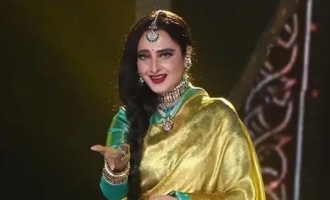 Bollywood actress Rekha on sheer fluke of not getting pregnant bold candid confessions
Bollywood actress Rekha on sheer fluke of not getting pregnant bold candid confessions
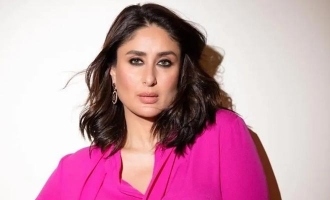 kareena kapoor s trolled for recent instagram quote on luxury pataudi palace
kareena kapoor s trolled for recent instagram quote on luxury pataudi palace
 Stree 2 box office collections crosses baahubali 1 aims to cross shah rukh khan s jawan
Stree 2 box office collections crosses baahubali 1 aims to cross shah rukh khan s jawan
 Shah Rukh khan enters huran rich list rs 7300 crore in fortune
Shah Rukh khan enters huran rich list rs 7300 crore in fortune
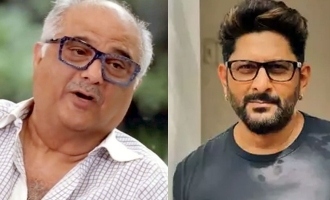 boney kapoor slams back at arshad warsi for low salary in roop ki rani choron ka raja
boney kapoor slams back at arshad warsi for low salary in roop ki rani choron ka raja
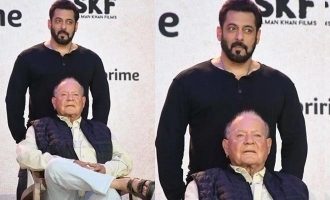 Salma khan wants to remake Salim javed's sholay deewar
Salma khan wants to remake Salim javed's sholay deewar
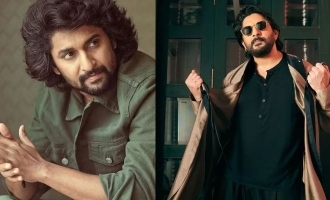 Nani sudheer babu claps back at Arshad warsi for calling prabhas as joker in kalki 2898 AD
Nani sudheer babu claps back at Arshad warsi for calling prabhas as joker in kalki 2898 AD
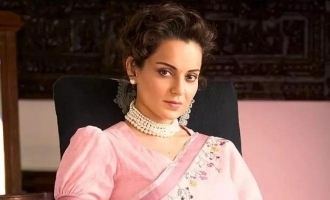 Kanagana ranaut s paparazzi comment gets viral emergency controversy
Kanagana ranaut s paparazzi comment gets viral emergency controversy
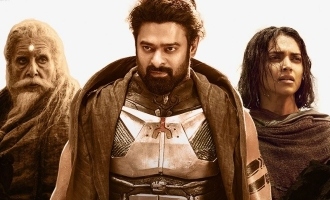 Kalki 2898 AD Starts Streaming Where to Watch Prabhas New Film
Kalki 2898 AD Starts Streaming Where to Watch Prabhas New Film
 ananya panday call me bae trailers goes viral reminds of emily in paris
ananya panday call me bae trailers goes viral reminds of emily in paris




 Follow
Follow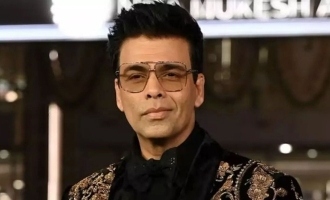

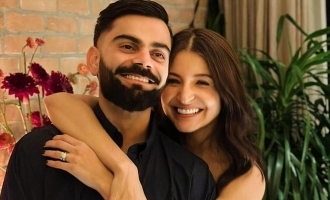
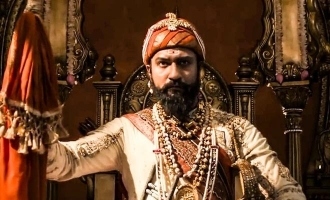
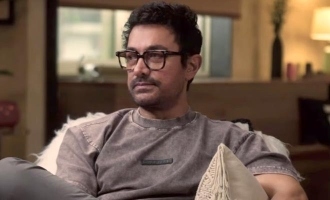
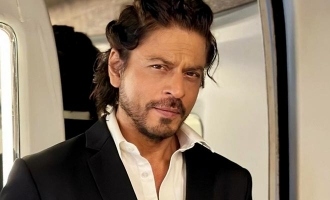
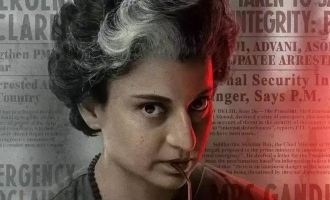
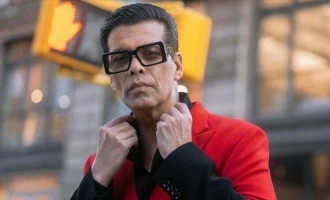
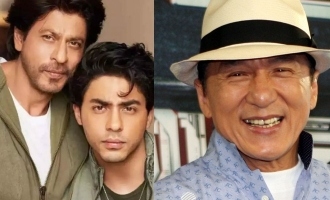

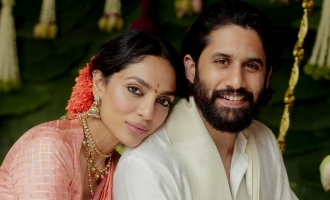
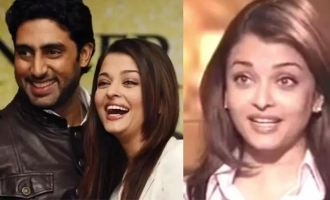

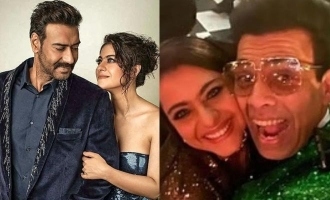
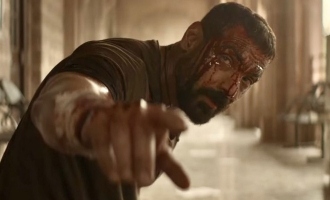
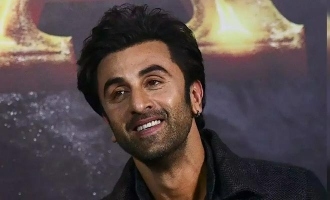
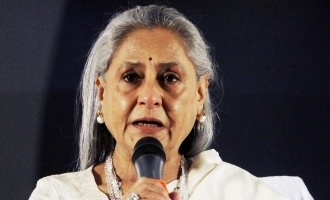

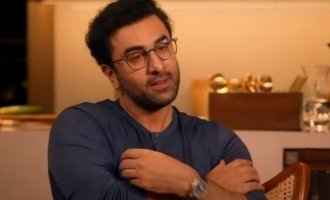






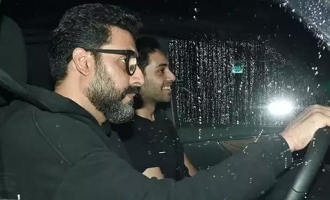


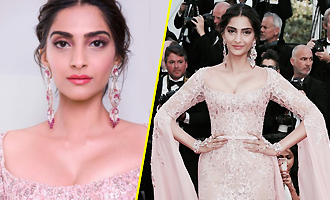

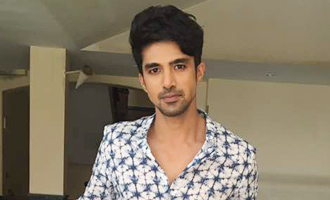

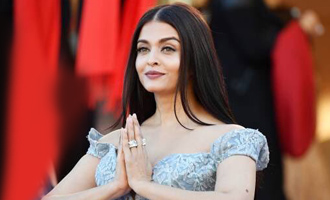
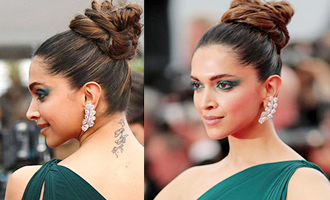
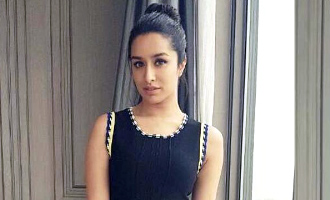
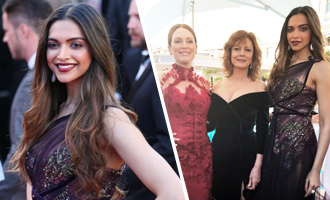
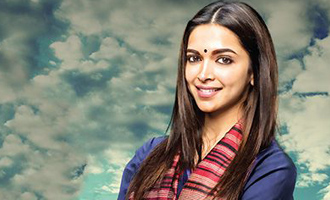
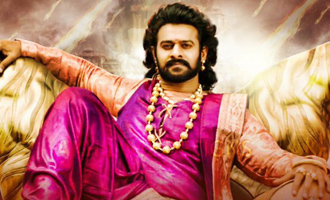





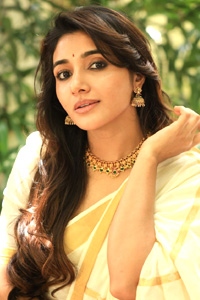


Comments